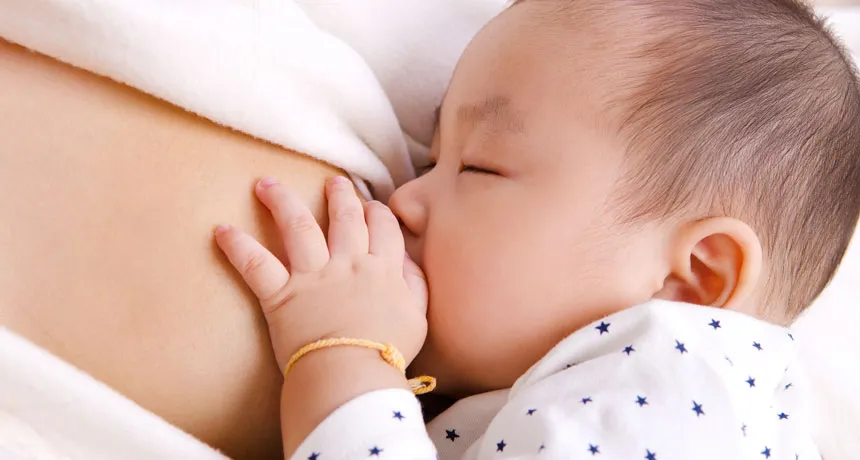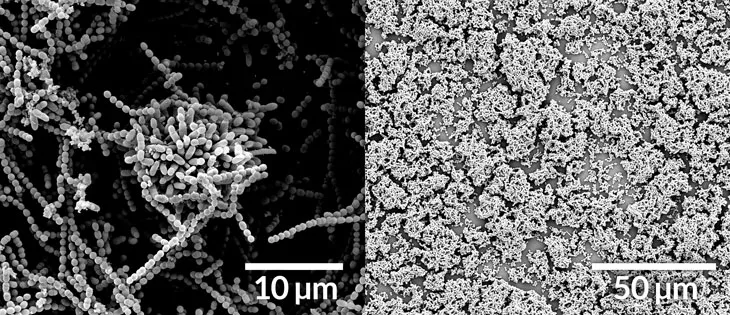Sugars in breast milk may fight harmful bacteria directly

SWEET STUFF Sugars in breast milk may directly fight bacteria, such as Group B Strep, a new study suggests.
szeyuen/istockphoto
- More than 2 years ago
Scientists may have found a sweet new way to fight Group B Strep: Sugars in some women’s breast milk busted up colonies of the potentially harmful bacteria in a small lab study.
The results, published online June 1 in ACS Infectious Diseases and presented August 20 in Washington, D.C., at the American Chemical Society’s annual meeting, raise all sorts of possibilities. Perhaps these sugars keep Group B Strep in check and so babies don’t readily acquire infections while nursing. If so, and if researchers can identify the exact sugars responsible, those molecules might be converted into desperately needed new antibiotic drugs that could sidestep some of the problems, such as bacterial resistance, with existing antibiotics.
For me, though, one of the most interesting findings was the variability among different women’s breast milk. Chemist Steven Townsend of Vanderbilt University in Nashville and his colleagues began with milk samples from five women. After isolating the collection of sugars in each, the researchers suspended the mix in water to reach the same concentration as in whole breast milk. Then the sugary slurry was applied to lab plates, along with Streptococcus agalactiae — Group B Strep.
Of the five samples, one woman’s breast milk sugars were especially potent at preventing the bacteria from getting a foothold and multiplying, the researchers found. Another sample, from a different woman, showed middling effects against the bacteria. The three remaining samples weren’t effective. The researchers have since tested breast milk samples from another 20 or so women and are working on figuring out the exact identities of the bacteria-busting sugars.

The variability among the five women’s samples was surprising, Townsend says, “but it’s easily rationalized.” The types of sugars any person has depend on the levels of glycosyltransferases, proteins that help build sugar molecules. And this family of proteins is shaped by the specific genes a person carries.
That’s just the beginning of the variation, though. Other breast milk ingredients differ widely among women. The reasons for these differences aren’t all known, but diet, body composition and perhaps even whether a woman is feeding a baby boy or girl may all play a role.
Breast milk also varies within the same woman over months, days and even minutes. For example, breast milk grows fattier half an hour after an infant feeds, a study has found. And milk produced by a mother who has been breastfeeding for longer than 7 months is different from the milk she made when her child was younger, showing lower levels of zinc, copper and potassium (but similar in calcium and fat).
Many other differences exist when it comes to breast milk. It’s a highly idiosyncratic beverage. So when researchers turn up new ingredients — or new jobs for previously known ingredients — I get excited. Especially when those discoveries may lead to a new way to fight harmful bacteria.







